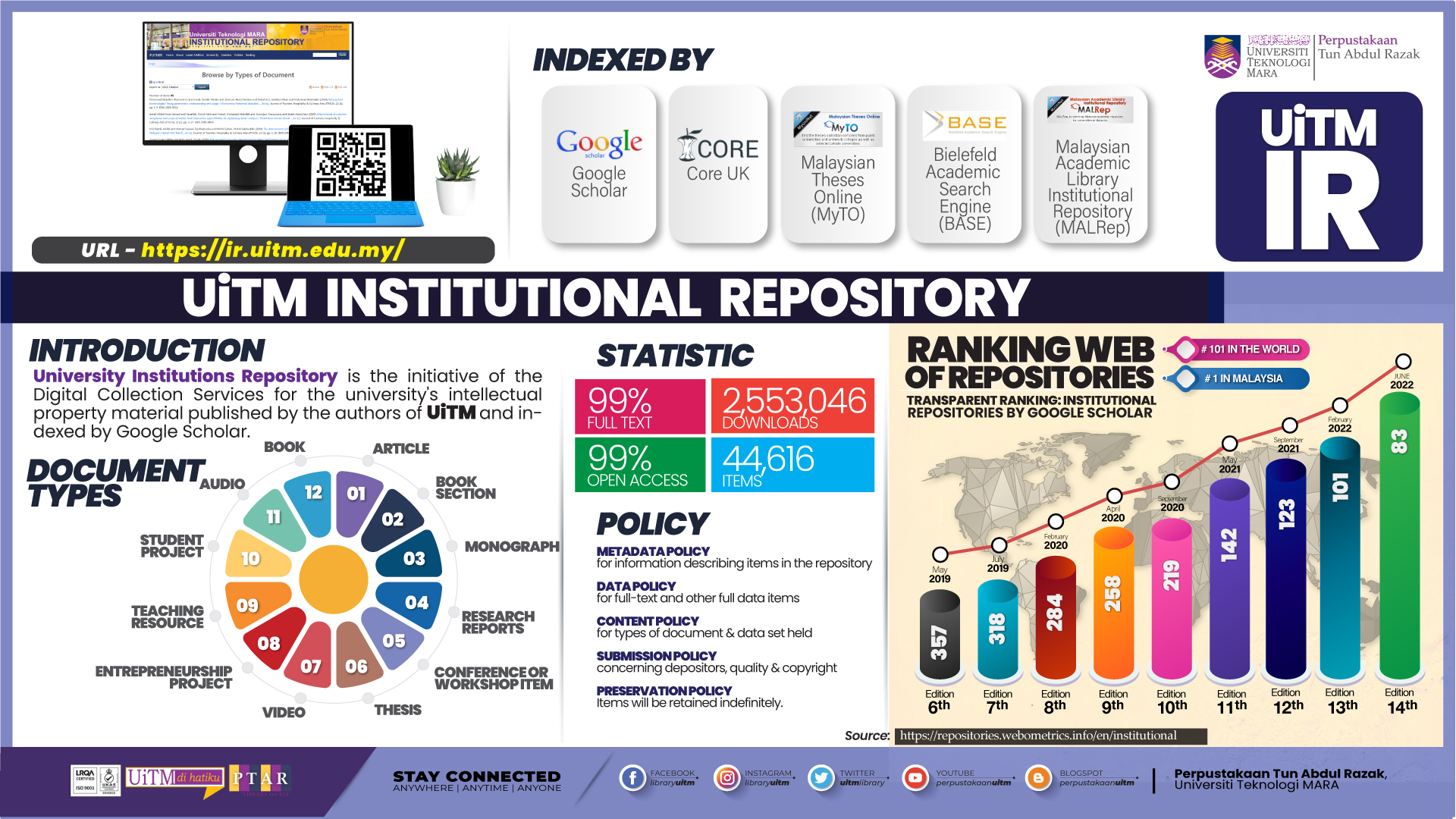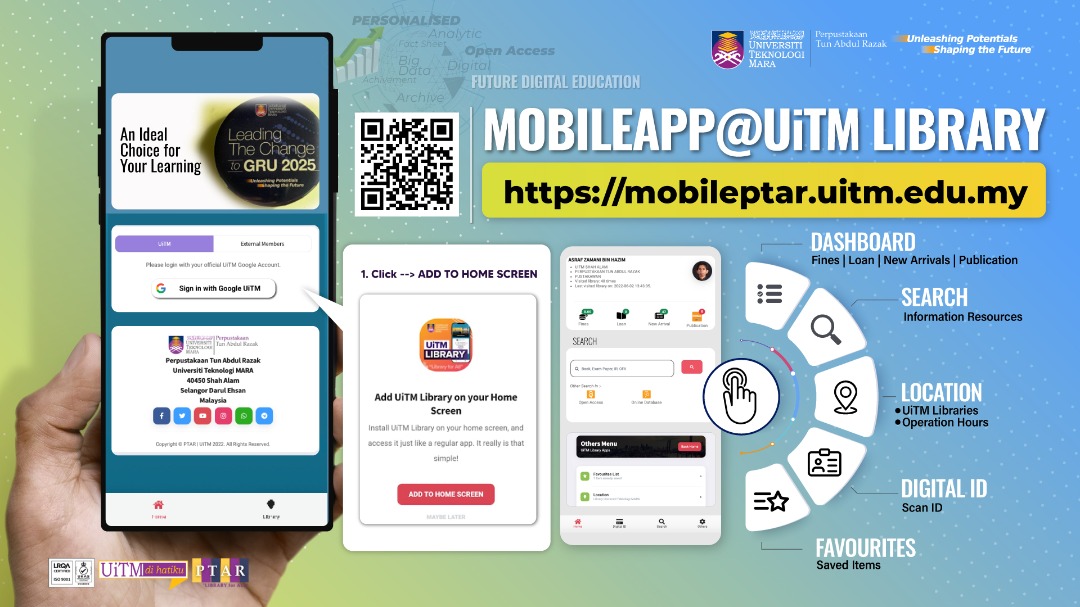Reading hasn’t always been seen as a solitary act. Our first experiences with books demonstrate that: before we know how to read, we often have people — a parent, a teacher — reading out loud to us. But once we know how to read, there’s a sense that we’re supposed to read silently and oftentimes, read alone. Even so, we’re still compelled to share what we’re reading with others — whether we’re reading for school or for pleasure.
It’s no surprise then, considering the ever-present “social” online world, that we’ve seen the rise of social reading websites, applications and features.
Over the last few weeks, for example, Amazon has expanded the social features connected with its “Public Notes. “Public Notes” have been available since the beginning of the year, allowing readers to share publicly their highlights and notes from the Kindle books they’re reading. Now Amazon has made it so that if you link your Twitter and Facebook accounts, you automatically follow all of your friends and followers from those networks. As Wired’s Tim Carmody points out, it’s “a little bit creepy” to have the default setting do this, and you have to uncheck a box that automatically broadcasts your reading status too. But there are more granular controls for making public which books you’re reading, as well as the passages you highlight.
Amazon isn’t the only company to offer this connection between reading and social networks either. Last week, Google too made it easy to share titles of what you’re reading from Google Books to Google Plus. And Amazon and Google join a long list of other reading-oriented social networks, such asGoodreads, wherein you can keep track of what you read, as well as what others read, and of course, talk about books.
Many teachers already use sites like Goodreads in their classes, creating private groups — “book clubs,” if you will — where students can talk about their assigned reading, write reviews, take quizzes, and the like. Unlike the nascent social networks being built around the Amazon Kindle or Google Books, a site like Goodreads doesn’t require that everyone have the same “hardware” — the same printed edition or the same e-reader, for example.
But there’s a lot of potential once and if students do share hardware, particularly when it comes to e-readers and e-books. As we noted in our recent coverage of Highlighter, we’re seeing lots of ways to mark up content, make notes in the margins, and share or save these electronically. But there’s also the potential for real-time interaction, within the e-book itself, where readers can hold discussions within the text and within the app itself.
That may seem like anathema to the idea of the solitary reading experience. And critics will point out that the social aspect create distractions from reading. But we can also argue that the social element can add depth to the understanding of what’s being read, just as book clubs do. Peers can help define words and concepts that are sometimes hard to grasp when reading alone.
Readers: have you used any social reading sites or features, or do you plan to? We’d love to hear your thoughts on how this has changed your reading habits.
via: http://mindshift.kqed.org/2011/08/how-social-networks-might-change-the-way-we-read-books/












